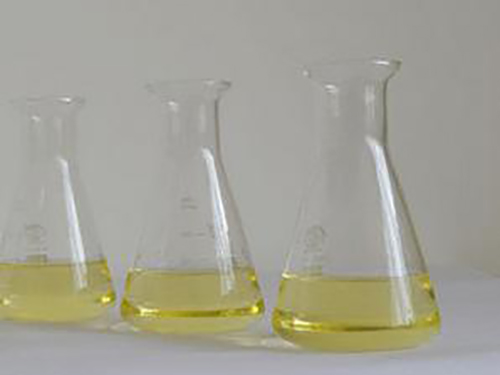diethylenetriamine penta methylene phosphonic acid
Diethylenetriamine Pentamethylene Phosphonic Acid An Overview
Diethylenetriamine pentamethylene phosphonic acid (DTPMPA) is a highly effective chelating agent with a wide array of applications in various industries
. This organic compound, characterized by its ability to form stable complexes with metal ions, has garnered significant attention in fields ranging from water treatment to agriculture and industrial processes. The effectiveness of DTPMPA arises from its unique molecular structure, which allows for multiple binding sites, enabling it to interact with several different types of metal ions simultaneously.Chemically, DTPMPA is a phosphonic acid derivative of diethylenetriamine, containing five phosphonic groups that impart powerful chelating abilities. The phosphonic acid moieties provide a high affinity for hard metal ions, such as calcium, magnesium, and iron, making DTPMPA particularly valuable in scaling inhibition applications. This characteristic is especially useful in water treatment systems, where the prevention of scale deposition can significantly enhance operational efficiency and reduce maintenance costs.
In the context of water treatment, DTPMPA is employed to inhibit the crystallization of scale-forming compounds in boilers, cooling towers, and pipelines. Its chelating properties help to keep metal ions in solution, thereby minimizing the risk of scale formation, which can lead to reduced heat transfer efficiency and increased energy consumption. Moreover, DTPMPA is known for its exceptional thermal stability, allowing it to perform effectively under a range of temperature conditions.
diethylenetriamine penta methylene phosphonic acid

Beyond water treatment, DTPMPA is utilized in the oil and gas industry, where it assists in corrosion prevention and enhanced oil recovery. The ability of DTPMPA to chelate metal ions is particularly beneficial in environments where metals can catalyze the degradation of production equipment. By sequestering these metals, DTPMPA helps maintain the integrity of infrastructure and enhances operational longevity.
Additionally, DTPMPA finds relevance in agriculture, especially in the formulation of fertilizers and pesticides. Its ability to improve the solubility and bioavailability of essential nutrients ensures that plants receive adequate nourishment, ultimately promoting healthier growth and higher yields. This is particularly critical in modern farming practices, where efficient nutrient utilization is paramount in achieving sustainable agricultural outputs.
Despite its numerous advantages, the use of DTPMPA must be carefully managed due to potential environmental impacts. As with any chemical treatment, there is a need for thorough regulations and guidelines to ensure that it does not adversely affect aquatic ecosystems when discharged. Researchers are actively investigating more environmentally friendly alternatives and modifications that could reduce any ecological footprint associated with its application.
In conclusion, diethylenetriamine pentamethylene phosphonic acid stands out as a versatile and powerful chelating agent with significant utility across various sectors. Its ability to inhibit scale formation, prevent corrosion, and enhance nutrient availability demonstrates its invaluable role in modern industry and agriculture. As research continues to evolve, DTPMPA will likely remain a critical component in the quest for more efficient and sustainable practices in water treatment and beyond. Understanding and harnessing its potential while ensuring responsible usage will be key to maximizing its benefits for both industry and the environment.
-
Water Treatment with Flocculant Water TreatmentNewsJun.12,2025
-
Polymaleic AnhydrideNewsJun.12,2025
-
Polyaspartic AcidNewsJun.12,2025
-
Enhance Industrial Processes with IsothiazolinonesNewsJun.12,2025
-
Enhance Industrial Processes with PBTCA SolutionsNewsJun.12,2025
-
Dodecyldimethylbenzylammonium Chloride SolutionsNewsJun.12,2025





